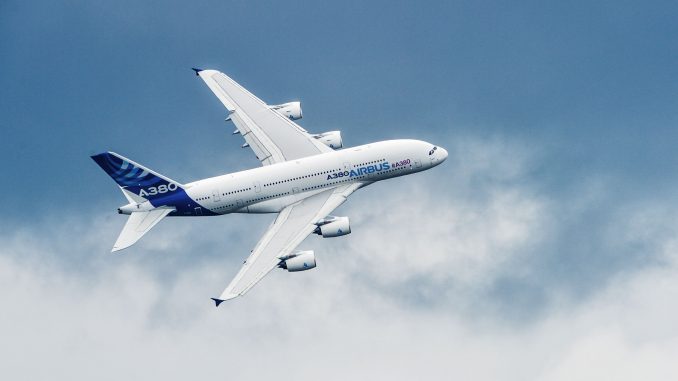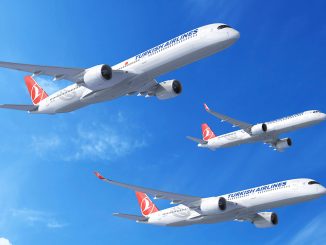
On 27th April 2005, the worlds largest passenger airliner took off for the very first time. The Airbus A380 was designed to compete with and replace the Boeing 747 as the go-to choice for long-haul, high capacity aircraft. Fifteen years later, its days are numbered with a global pandemic accelerating its retirement.
The market
Airbus predicted that global air travel demand would continue to grow exponentially, and that a bigger aircraft was required to fit routes to airports with already limited slots. While Boeing reacted with the largest variant of its 747 yet, the -8 Intercontinental, the Chicago based giant put its real money into what it predicted to be the future of air travel: Point-to-point routes. These would be catered for using its new 787 Dreamliner, and capacity could be moved out from hub airports and allow passengers to fly direct routes to other airports, rather than connecting from a hub.
With a typical capacity of 575 passengers, the Airbus A380 offered a significant increase in capacity over the Boeing 747, which has a typical capacity of 416 passengers. It was promised to offer unparalleled comfort with lower operating costs, over similar hub-and-spoke routes that the 747 monopolised over its [then] 35 year reign as the Queen of the Skies.
Adoption
Unfortunately, the A380 was its own worst enemy when it came to airline adoption. It’s sheer size alone meant that there was no airport with gates and infrastructure to support the aircraft. The airports would have to adapt taxiways, gates and ramps before it would able to operate the A380. Many only adapted a small number of gates, and even more decided not to expand at all.
On top of this, cost overruns, production and delivery delays put more airlines off. The final nail in the coffin was the aircraft’s lack of efficiency. It is simply too expensive to operate for many airlines, with smaller aircraft providing much lower operating costs than the A380.
Airbus tempted airlines in 2017 with the announcement of an improved variant, called the A380plus. This saw a number of modifications to the cabin (allowing for a modest increase in seats), and a new winglet which promised increased efficiency and capacity, with reduced maintenance costs. Not a single A380plus was ever ordered.
In February 2019, Airbus officially cancelled the A380 project after orders dried up, with a net total of 251 aircraft on the order book. Those orders will be fulfilled and production will end in 2021. All of the currently remaining orders are for Dubai-based Emirates, which will have had 123 A380s by the time the last one is delivered.
Retirement
With production ending 2021, many airlines have also announced their retirement plans for the A380. While Emirates plans to operate at least some of its fleet until 2035, other airlines aren’t so optimistic. According to pre-Coronavirus plans, Air France will be the first airline to completely retire its fleet in 2022, with Qatar shortly behind with retirements starting in 2024. Lufthansa will also retire six of its 14 A380, a decision it recently reaffirmed amid the ongoing crisis.
Singapore Airlines, the A380’s launch customer, has already retired a number of its early aircraft. One of which was sold to charter airline HiFly, however, the second hand market for the A380 is non-existent, and the others have been sent to be parted out.
The future
It turns out that although Boeing did develop a new 747, its gamble for smaller, more efficient twin-jet airliners paid off in the end. It has sold 1,510 787 Dreamliners and 2,009 777 family aircraft (including the yet to be delivered 777X). Similarly, Airbus has sold 1,819 A330 family jets (including A330neo) and 930 of its A350. The A350’s predecessor A340 never took off in this way, partly because of one feature it shared with the A380: four engines.
With the sudden crash of air travel demand due to the Coronavirus pandemic, and with the demand not set to pick back up to previous levels for some years to come, the A380’s days are certainly numbered.
The A380 remains the absolute pinnacle of customer comfort, offering the quietest and most spacious cabin in the sky. Whilst the Boeing 787 and Airbus A350 offer similar levels of cabin altitude and humidity (increased over legacy airliners), even the A350 can’t match the quietness of the A380’s cabin, and many passengers choose to fly on the aircraft specifically for these reasons.
Matt is a Berlin-based writer and reporter for International Flight Network. Originally from London, he has been involved in aviation from a very young age and has a particular focus on aircraft safety, accidents and technical details.



